PPT-Troubleshooting Windows 7 Deployments
Author : luanne-stotts | Published Date : 2017-10-02
Michael Niehaus Senior Program Manager Microsoft Corporation WCL323 Windows 7 Deployment An introduction There are many ways to deploy Windows 7 Leveraging common
Presentation Embed Code
Download Presentation
Download Presentation The PPT/PDF document "Troubleshooting Windows 7 Deployments" is the property of its rightful owner. Permission is granted to download and print the materials on this website for personal, non-commercial use only, and to display it on your personal computer provided you do not modify the materials and that you retain all copyright notices contained in the materials. By downloading content from our website, you accept the terms of this agreement.
Troubleshooting Windows 7 Deployments: Transcript
Download Rules Of Document
"Troubleshooting Windows 7 Deployments"The content belongs to its owner. You may download and print it for personal use, without modification, and keep all copyright notices. By downloading, you agree to these terms.
Related Documents

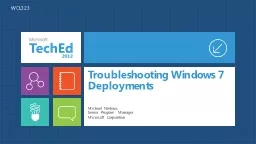

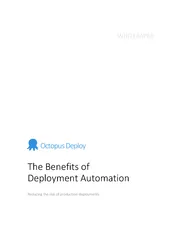
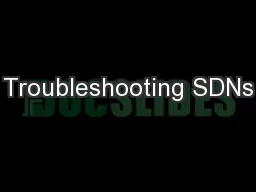
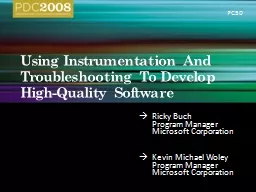
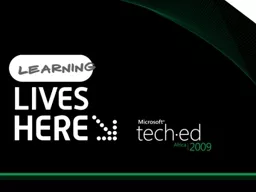
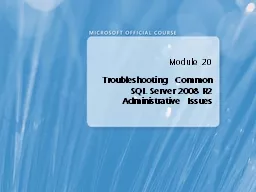
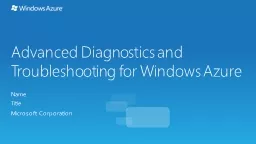
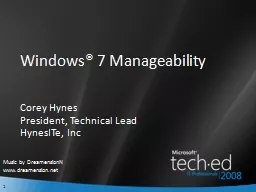

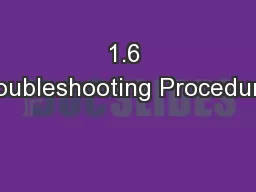
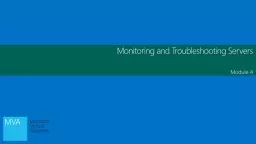
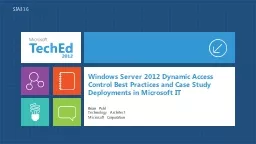
![[eBOOK]-Windows Virus and Malware Troubleshooting (Windows Troubleshooting)](https://thumbs.docslides.com/986616/ebook-windows-virus-and-malware-troubleshooting-windows-troubleshooting.jpg)